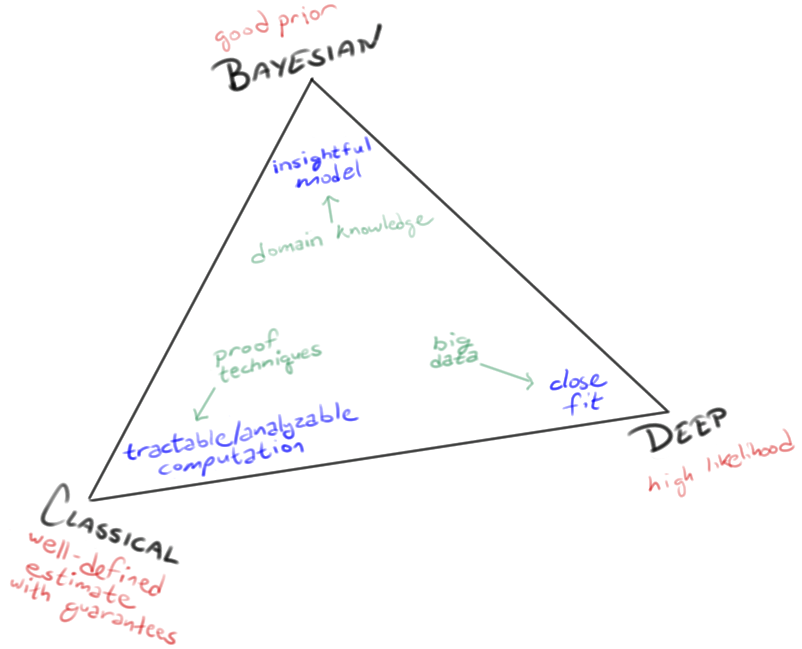Stone Service
I'm in Portorož, Slovenia, for LREC2016; and so far the most interesting linguistic aspect of the place is the sometimes-surprising mixture of languages on signs. For example:
The longer explanation of the side of the van is in Slovenian — Restavriranje, brušenje, čiščenje in impregnacije naravnega kamna = "Restoration, grinding, cleaning and impregnation of natural stone". But the short version is in English: STONE SERVICE.
Read the rest of this entry »




